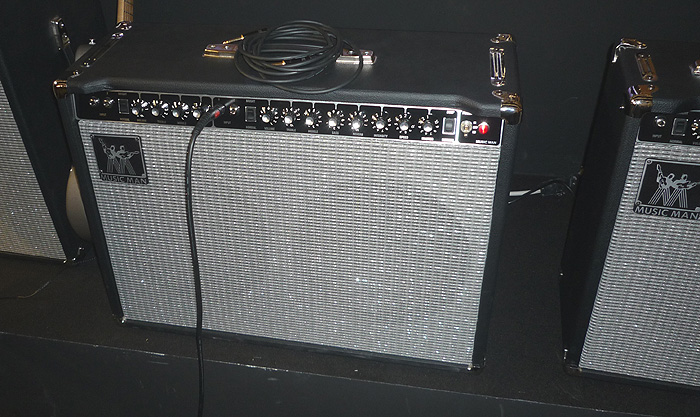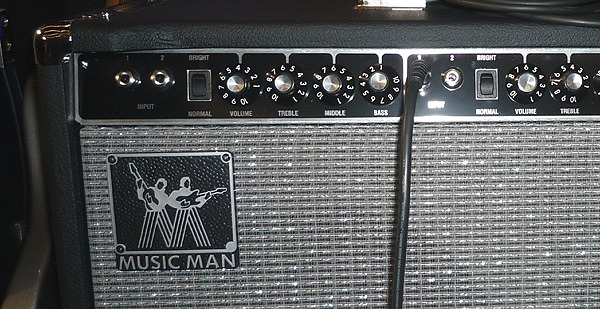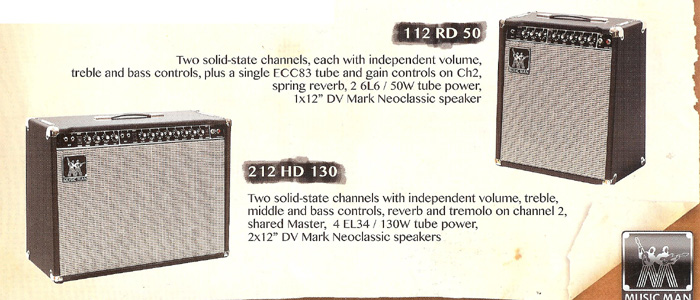Experimenting with the FS-1 / vintage pickup combination
This week I was playing around a bit with the combination of the fat-sounding DiMarzio FS-1 (FS in fact stands for ‘fat Strat’) plus a ‘normal’ vintage-sound pickup. I have the DiMarzio in the middle and a MK61 – a reproduction of a 1961 Strat pickup, becoming available exclusively on mk-guitar.com soon – in the bridge position of one of my guitars. For more background information on what this has to do with the early Dire Straits sound see this blog post.
I am sure that Mark had this combo in one of his two red Fender Strats until October 1978 when he moved the DiMarzio to the neck position. You can hear the typical sound on many live bootleg recordings from that time (e.g. Chester 1978, Live at the BBC 1978, live at the Whistle Test, Revolver TV, or Barbarellas/Birmingham). However, he probably had two ‘normal’ pickups in his other Strat which makes it difficult to tell exactly if something we hear e.g. on album one is this combination or not.
The FS-1 is a hot pickup, with a DC of about 13 kOhms. When it is played together with a normal 6k-pickup, the resulting sound has more midrange but still clear treble, and is less ‘quacky’ than the middle & bridge combo normally is. Another nice feature: hum is reduced as the FS-1 has the opposite magnet polarity compared to a 60ies Fender pickup.
The guitar in the following video is ‘nothing special’ – a Part-o-caster with mainly Japanese Squier parts. I recorded directly into the mixing desk, and added an amp simulation plus some basic effects (reverb, some very subtle delay, and a limiter) in the recording software.
I recorded two versions of ‘Down to the Waterline’ (a song where I was wondering if it is with the FS-1 or not… ): one with the tone pot fully up, and another one where it is rolled back to about 7. Maybe I should use an amp to add that slight distortion, and spend more time with a/b comparing to find the ideal EQ and effects settings, this time it was just a quick shot.
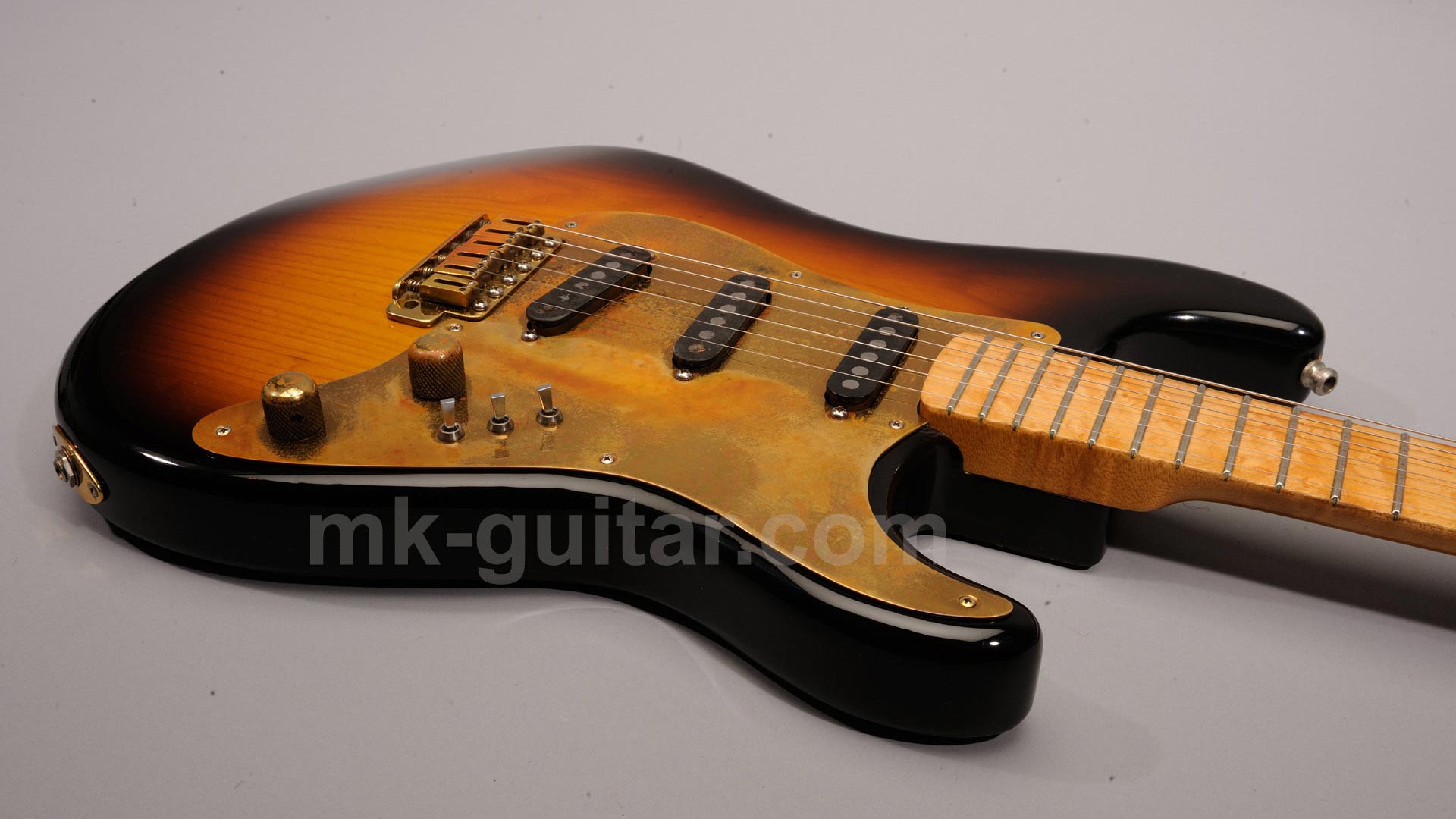
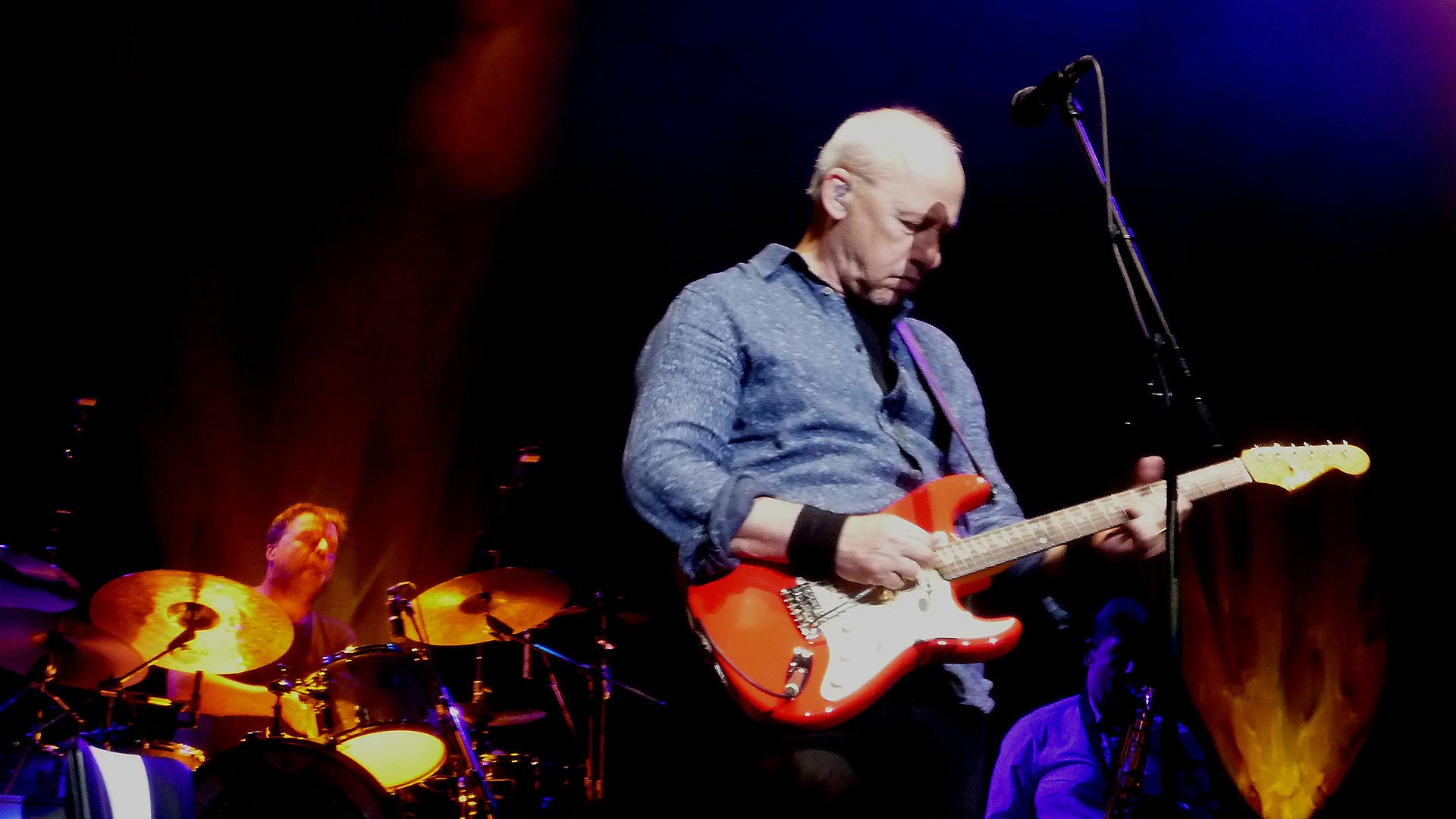
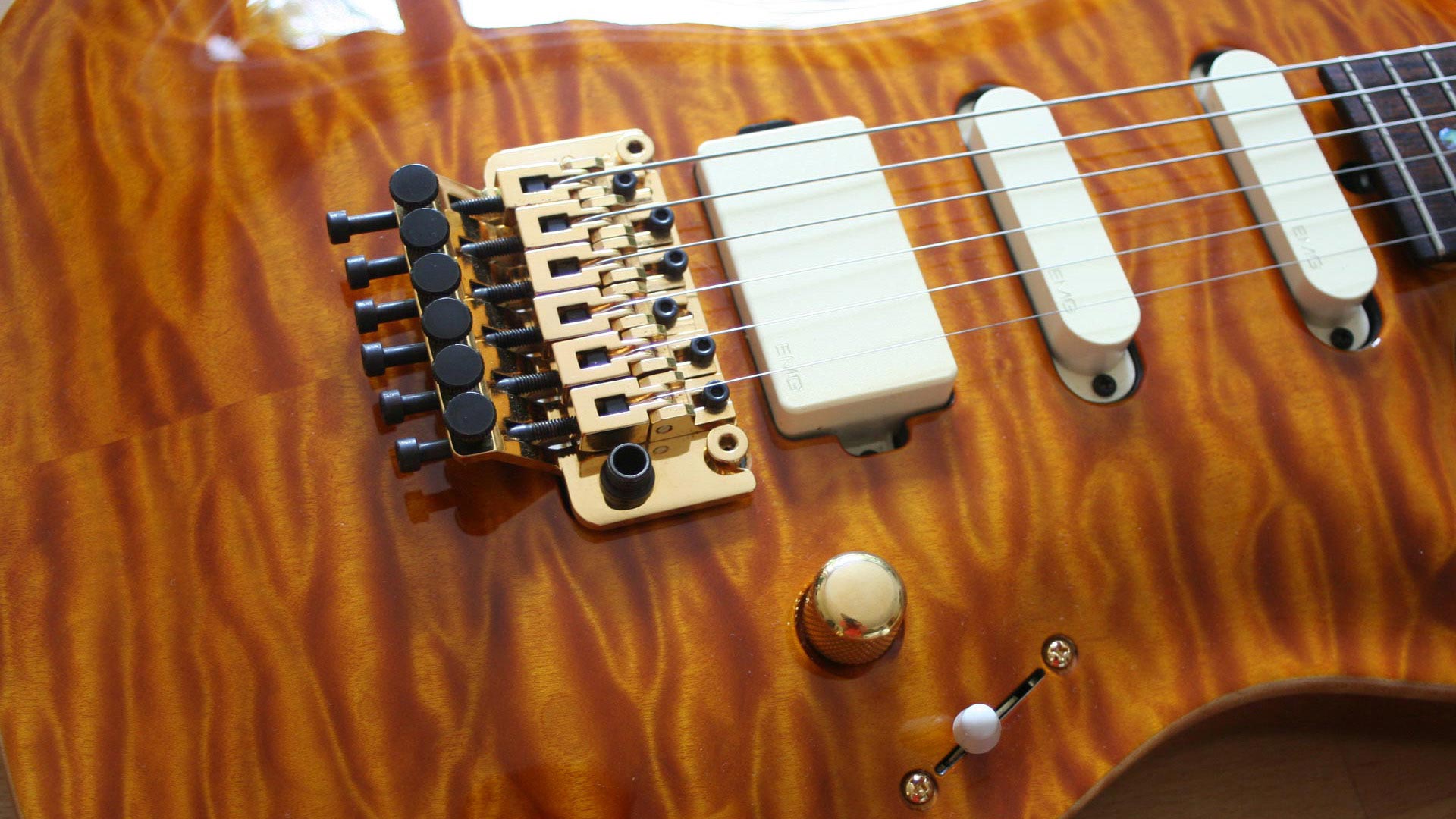
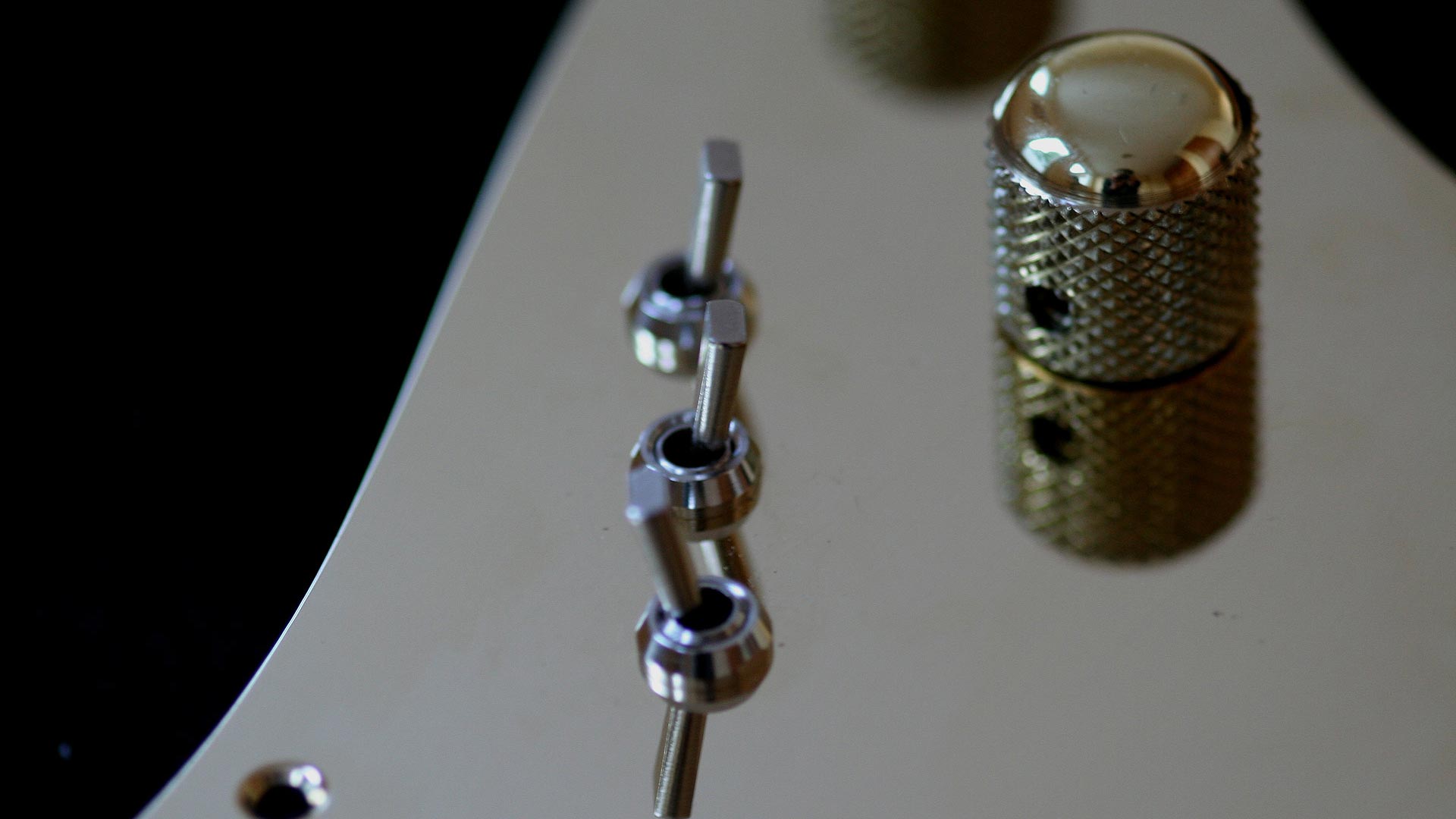

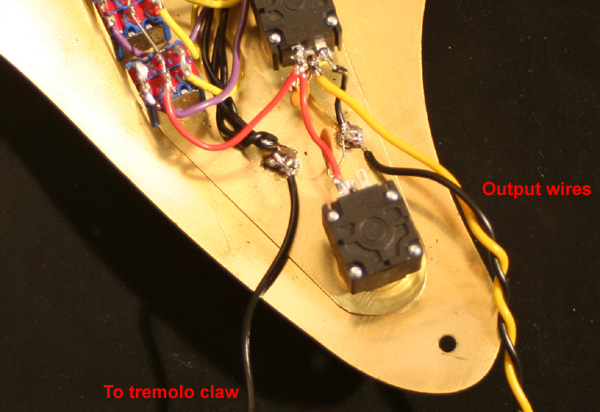

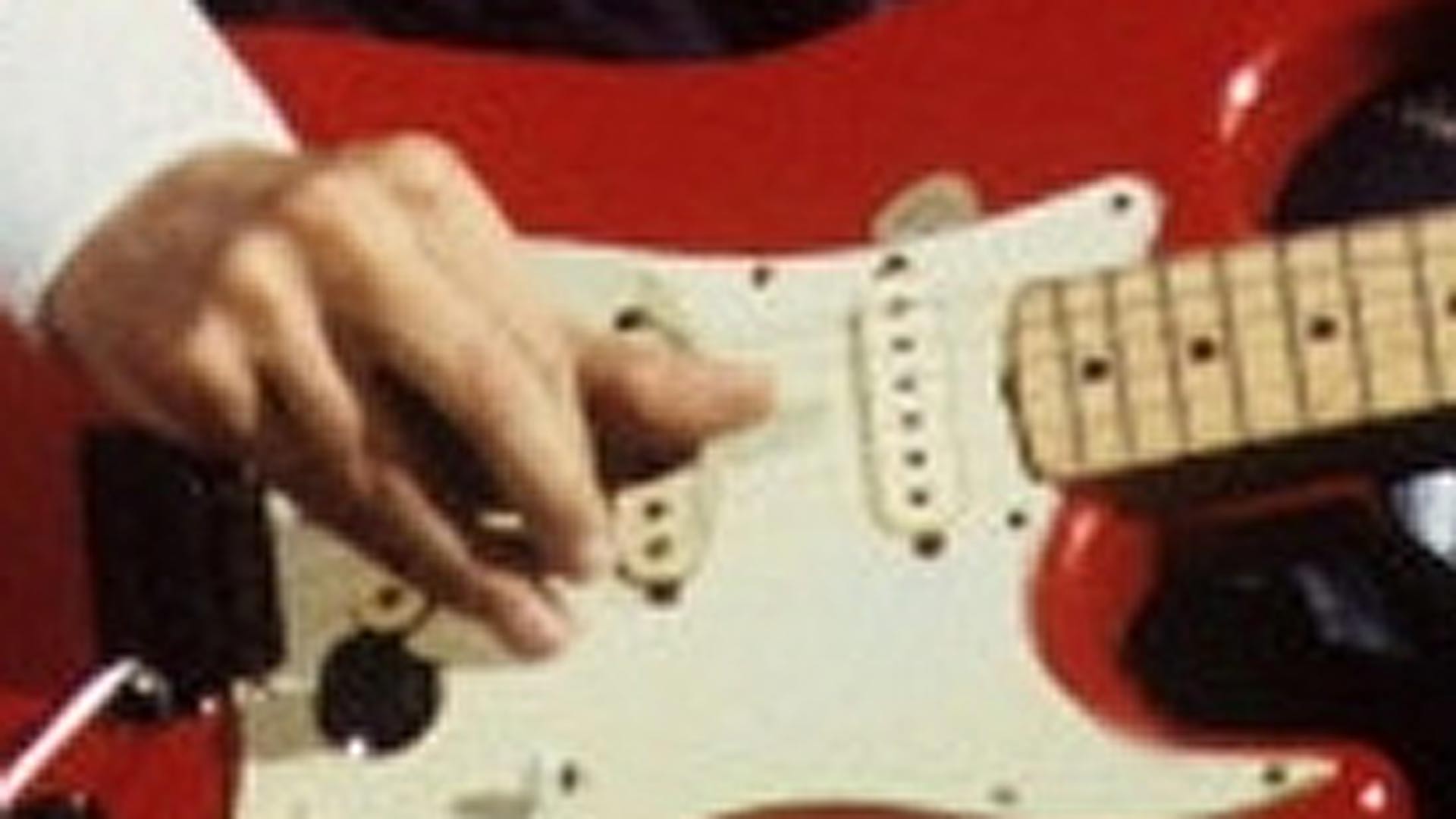
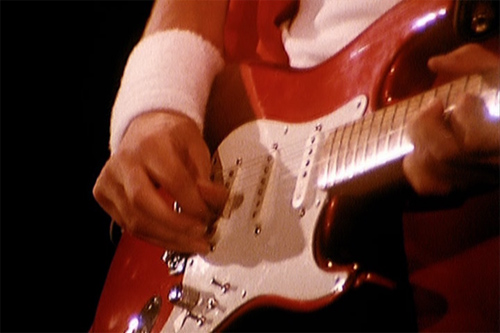
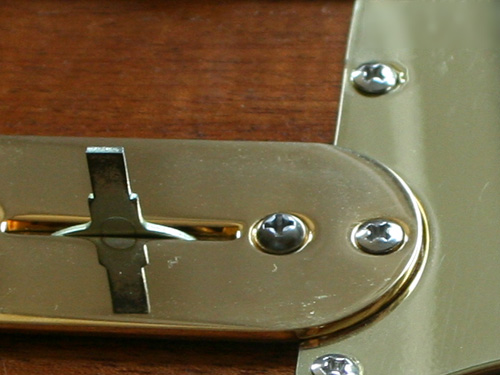
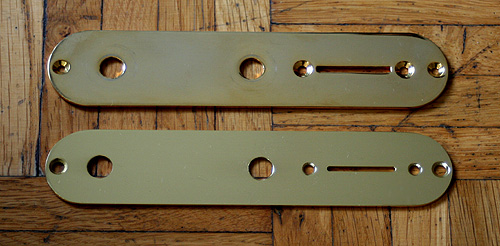
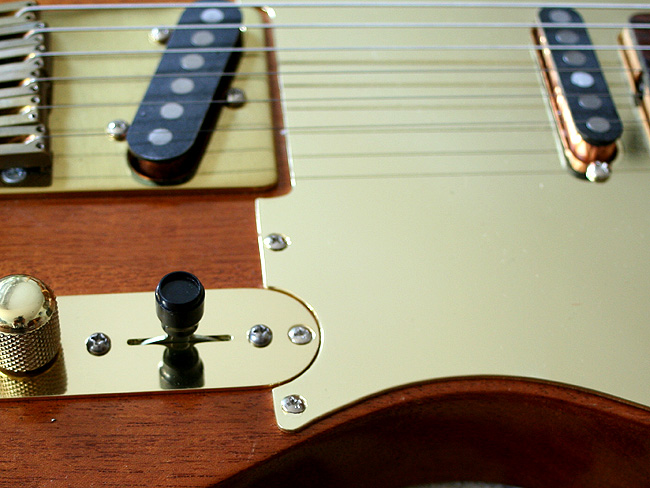
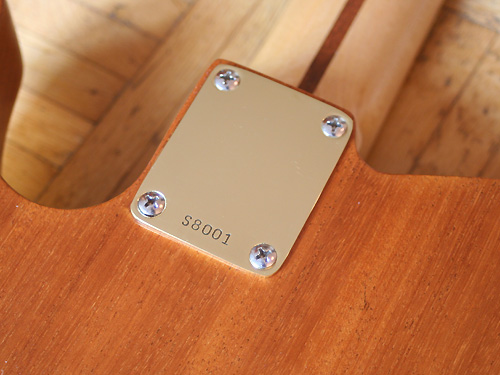
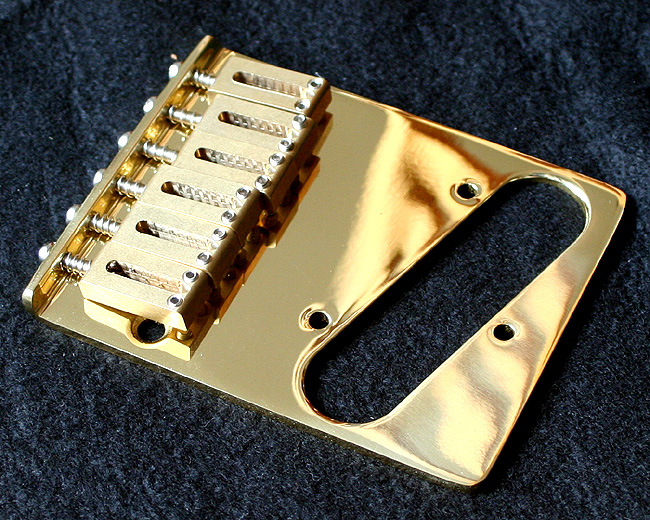
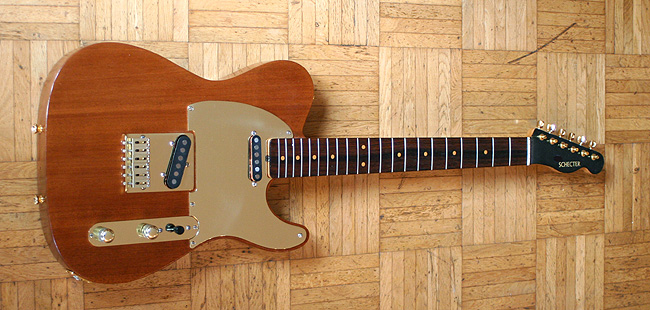
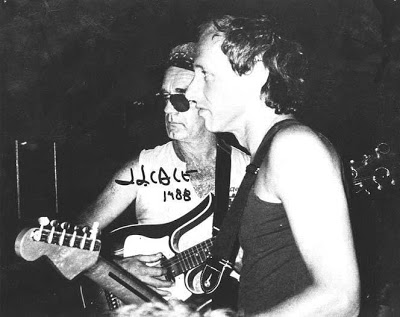
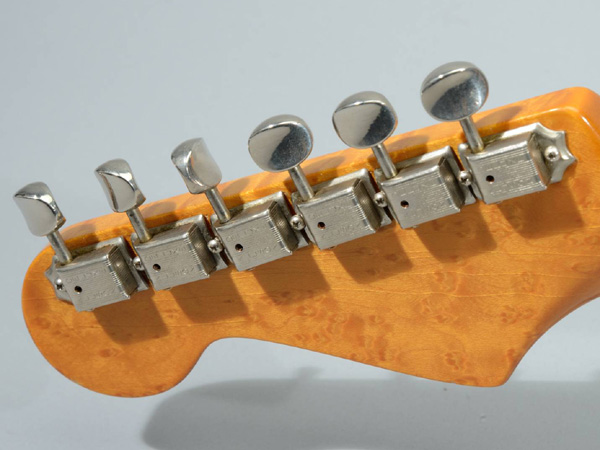
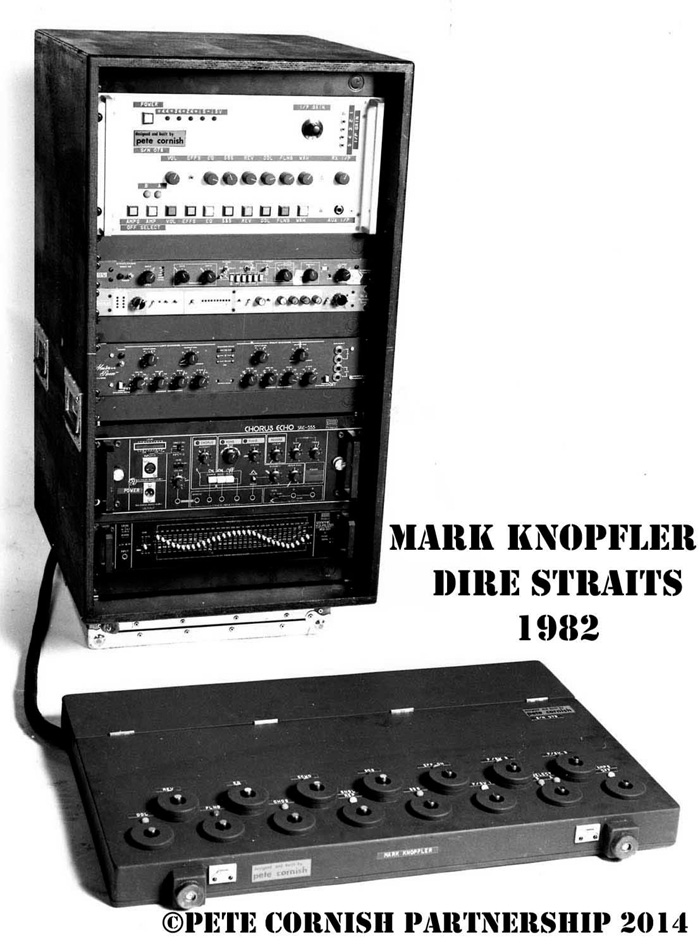
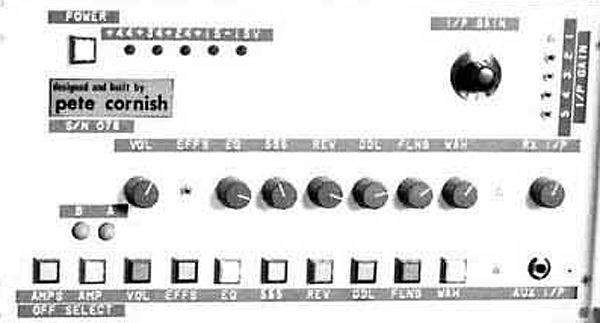

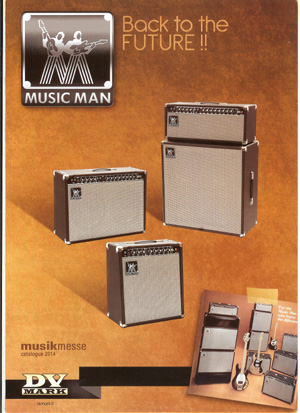 What a nice surprise on this year’s Frankfurt Music Fair: Music Man amps are coming back. DV MARK (dvmark.it) displayed reissues of those silver-black
What a nice surprise on this year’s Frankfurt Music Fair: Music Man amps are coming back. DV MARK (dvmark.it) displayed reissues of those silver-black 